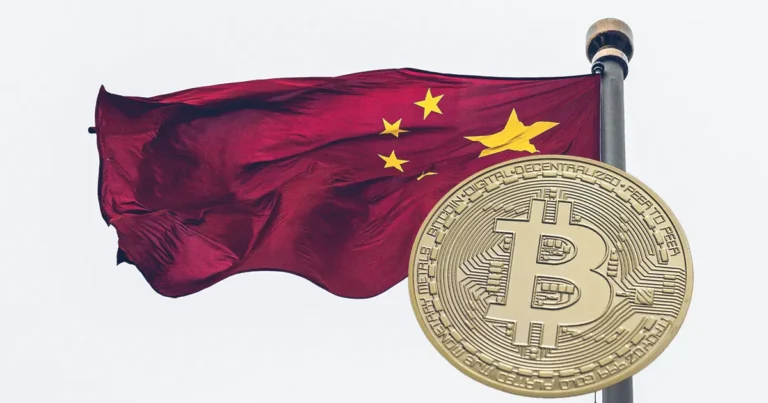16-4-2025 – China is gearing up to offload a colossal $1.2 billion Bitcoin hoard, comprising roughly 15,000 coins seized during criminal probes. This audacious step, detailed in court documents obtained by Reuters, underscores the nation’s complex dance with digital currencies amid stringent domestic bans and mounting fiscal challenges.
Since outlawing local crypto trading in 2021, China has wrestled with a regulatory grey zone surrounding confiscated digital assets. With no unified national policy to guide their disposal, regional authorities are charting their own course. To navigate the country’s ironclad restrictions, officials are seeking judicial consent to liquidate the Bitcoin stash via offshore exchanges, a pragmatic bid to convert illicit gains into liquid funds. This strategy is driven by acute budgetary strains at the municipal level, where local governments are scrambling to bolster dwindling coffers.
The proposed sales, however, have ignited fierce debate among legal experts. Chen Shi, a distinguished law professor at Zhongnan University of Economics and Law, has decried the reliance on private firms to facilitate these offshore transactions, arguing that such tactics clash with China’s blanket crypto prohibition. He cautioned that this approach risks breeding corruption and eroding trust in judicial processes. Meanwhile, Winston Ma, a legal scholar at NYU Law School, has called for a more cohesive framework, drawing parallels with the U.S. Department of Justice’s streamlined management of seized digital assets. A centralised state-run reserve, Ma contends, could optimise the financial yield from such liquidations.
The looming sale has sent jitters through the crypto sphere, with investors bracing for potential turbulence. Analysts warn that flooding offshore markets with such a vast Bitcoin volume could depress prices, particularly against the backdrop of fraught U.S.-China trade relations and evolving U.S. monetary policy. Some forecasts suggest Bitcoin’s value could slide towards $80,000, amplifying volatility in an already precarious market.


